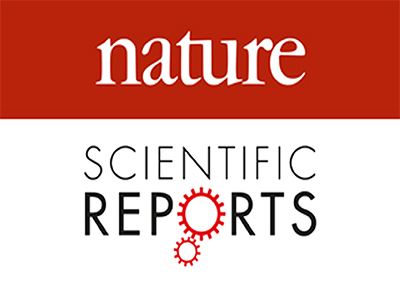An Improvement of the Free Energy Perturbation (FEP+) Sampling Protocol in Case of Flexible protein Ligand Binding Sites
Filip Fratev, Suman Sirimulla
Received: 12 November 2018 // Accepted: 21 October 2019 // Published: 14 November 2019
Micar21 Ltd., Persenk Str. 34B, 1407 Sofia, Bulgaria
Nature. Scientific reports. DOI: 10.1038/s41598-019-53133-1
Abstract
Recent improvements to free energy perturbation (FEP) calculations, especiallyFEP+, established their utility for pharmaceutical lead optimization. However, to dateFEP has typically been helpful only when (1) high-quality X-ray data is available and(2) the target protein does not undergo significant conformational changes. Also, alack of systematic studies on determining an adequate sampling time is often one ofthe primary limitations of FEP calculations. Herein, we propose a modified versionof the FEP/REST (i.e., replica exchange with solute tempering) sampling protocol,based on systematic studies on several targets by probing a large number of permutations with different sampling schemes. Improved FEP+ binding affinity predictions for regular flexible-loop (F-loop) motions and considerable structural changes can be obtained by extending the pre-REST sampling time from 0.24 ns to 5 ns/λand 2×10 ns/λ, respectively. We obtained much more precise ∆∆G calculations of the individual perturbations, including the sign of the transformations and less error. We extended the REST simulations from 5 ns to 8 ns to achieve reasonable free energy convergence.Implementing REST to the entire ligand as opposed to solely the perturbed region, and also some important flexible protein residues (pREST region) in ligand binding domain (LBD) , also considerably improved the FEP+ results in most of the studied cases. Preliminary molecular dynamics (MD) runs were useful for establishing the correct binding mode of the compounds and thus precise alignment for FEP+.

